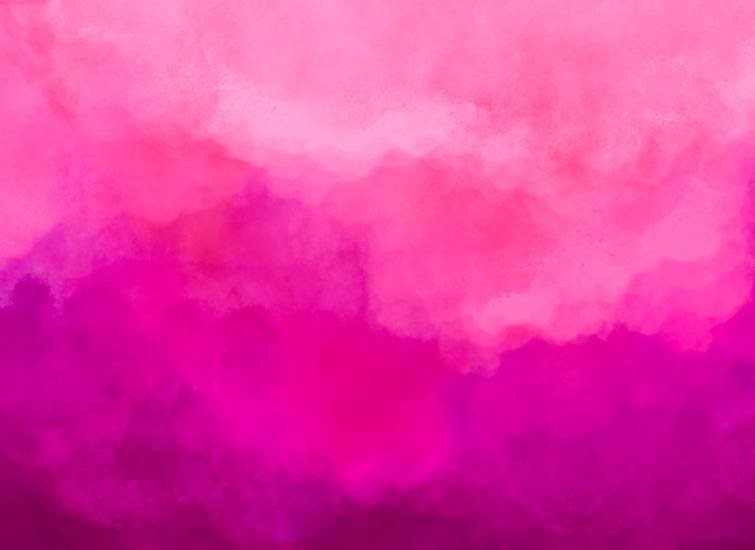Creating magenta color involves blending primary colors strategically to achieve this vibrant and captivating hue. If you’ve ever wondered how artists and designers produce this unique shade, you’re in the right place. In this article, we will explore the step-by-step process of making magenta, providing insights into the color theory behind it.
Understanding Magenta
What is Magenta?
Magenta is a bold and eye-catching color that falls between red and purple on the color spectrum. To create magenta, you need to combine specific colors in the right proportions. Unlike primary colors, magenta is a secondary color, making it an exciting mix of pigments.
Creating Magenta: The Basics
To produce magenta, blend red and blue in equal parts. This straightforward combination results in a vibrant magenta that can be adjusted by tweaking the ratio of red to blue. Play around with these proportions to achieve the exact shade you desire.
Color Theory Behind Magenta
The RGB Model
In the digital world, colors are often defined using the RGB model, where red, green, and blue are the primary colors. Magenta is a result of combining red and blue light at full intensity, with no green light. This digital representation mirrors the color mixing process used in traditional art.
Artistic Approach
In traditional art, magenta is often created using various mediums like paints, markers, or dyes. Understanding color theory is crucial for artists looking to create magenta in their work. Experimenting with different ratios of red and blue pigments allows for a spectrum of magenta shades, from soft pastels to deep, intense tones.
Applications of Magenta
In Art and Design
Magenta is a versatile color widely used in art and design. Its bold and attention-grabbing nature makes it a favorite for creating focal points in paintings, graphics, and designs. Artists appreciate the depth and warmth magenta adds to their creations.
In Printing and Technology
In the world of printing, magenta is one of the four primary ink colors used in the CMYK color model. Combining magenta, cyan, yellow, and black allows for the full spectrum of colors to be reproduced in print. Understanding how to create and manipulate magenta is crucial for graphic designers and printers.
Experimenting with Magenta Variations
Adding White or Black
For a softer magenta, consider adding white to the mixture. This creates a pastel version of the color. On the other hand, incorporating black intensifies the hue, resulting in a deeper and more dramatic magenta.
Blending with Other Colors
Experimenting with adjacent colors can also yield interesting variations. Combining magenta with a touch of orange or violet can create unique and customized shades that suit specific artistic or design needs.
Commonly Asked Questions about Magenta
1. Can I make magenta using only primary colors?
Yes, magenta is a secondary color that can be created by mixing red and blue in equal parts.
2. What happens if I add more red than blue?
Increasing the amount of red will result in a warmer and more reddish magenta, while adding more blue will produce a cooler, bluish magenta.
3. Are there variations of magenta?
Absolutely! You can create different shades of magenta by adjusting the ratio of red to blue and by experimenting with additional colors like white, black, orange, or violet.
Conclusion
In conclusion, mastering the art of making magenta involves understanding the color theory behind it and experimenting with different mediums and proportions. Whether you’re an artist, designer, or simply someone curious about colors, creating magenta opens up a world of possibilities. Remember to play with variations and don’t be afraid to unleash your creativity to achieve the perfect magenta for your masterpiece.
Remember, the key to successful magenta creation lies in experimentation and a solid understanding of color theory. So, grab your brushes, mix your pigments, and let magenta become a vibrant part of your creative palette.
External Resources
For a deeper dive into color theory and the science behind magenta, refer to authoritative sources like the Color Matters website. Additionally, explore the Pantone website for insights into the use of magenta in the design and printing industry.


